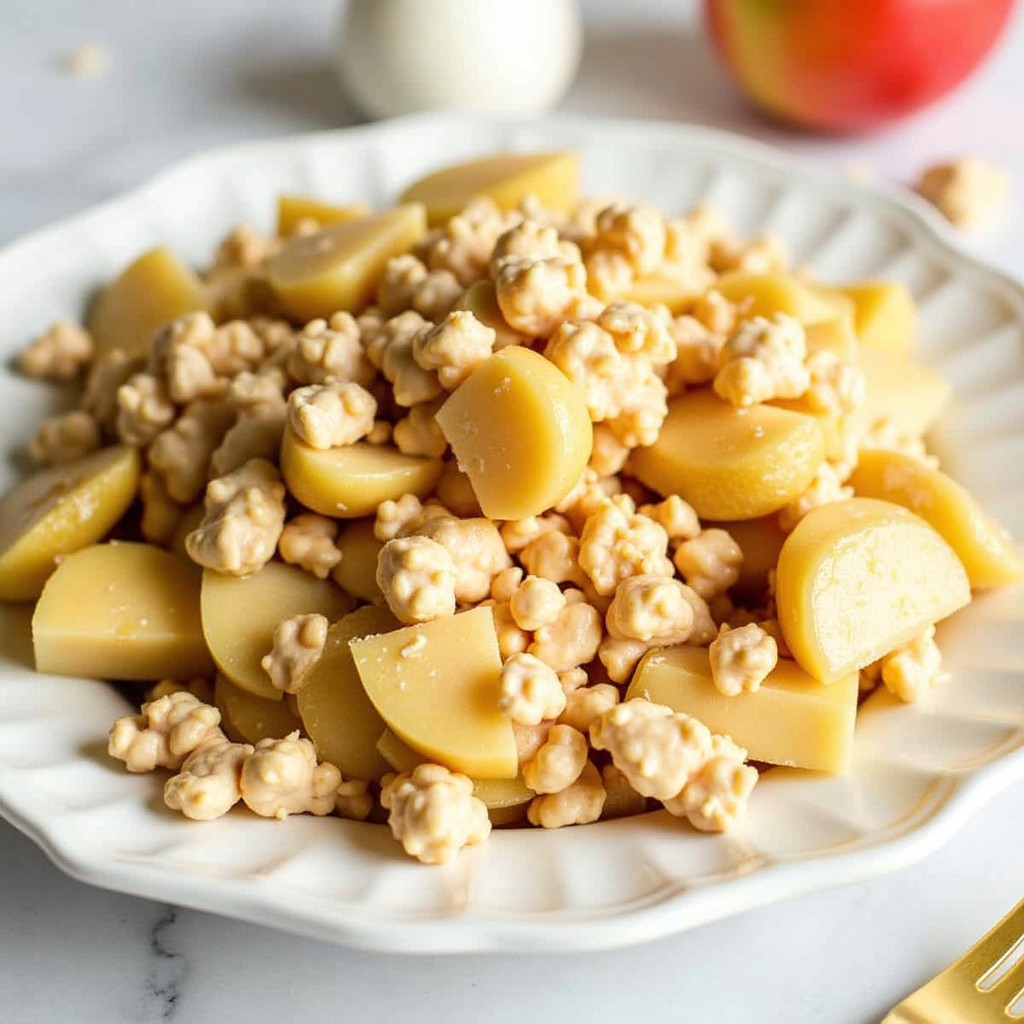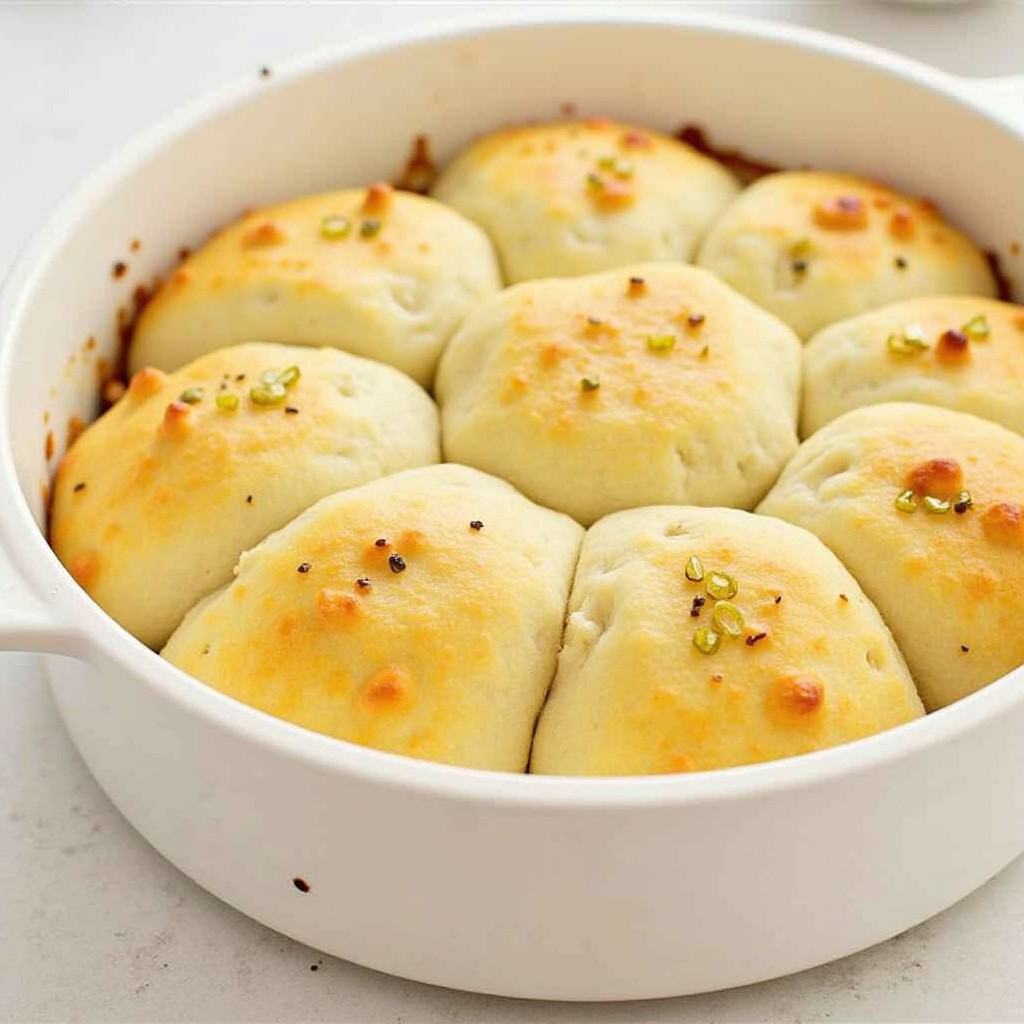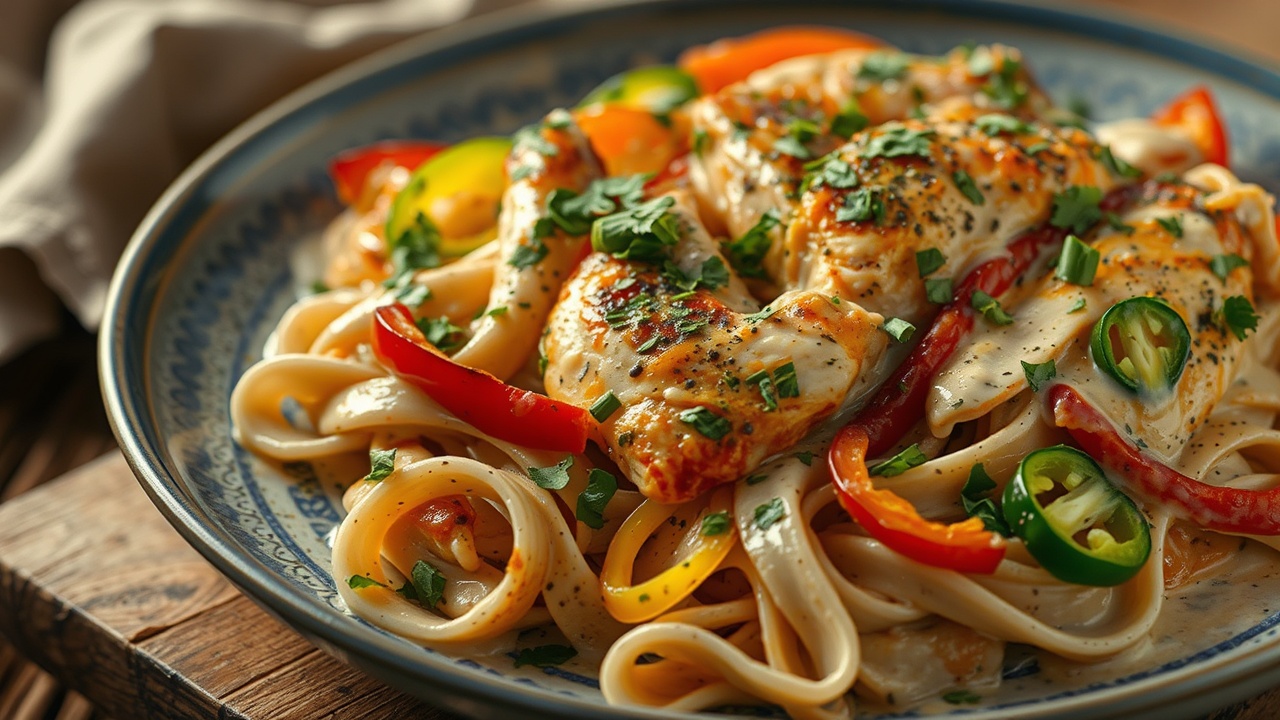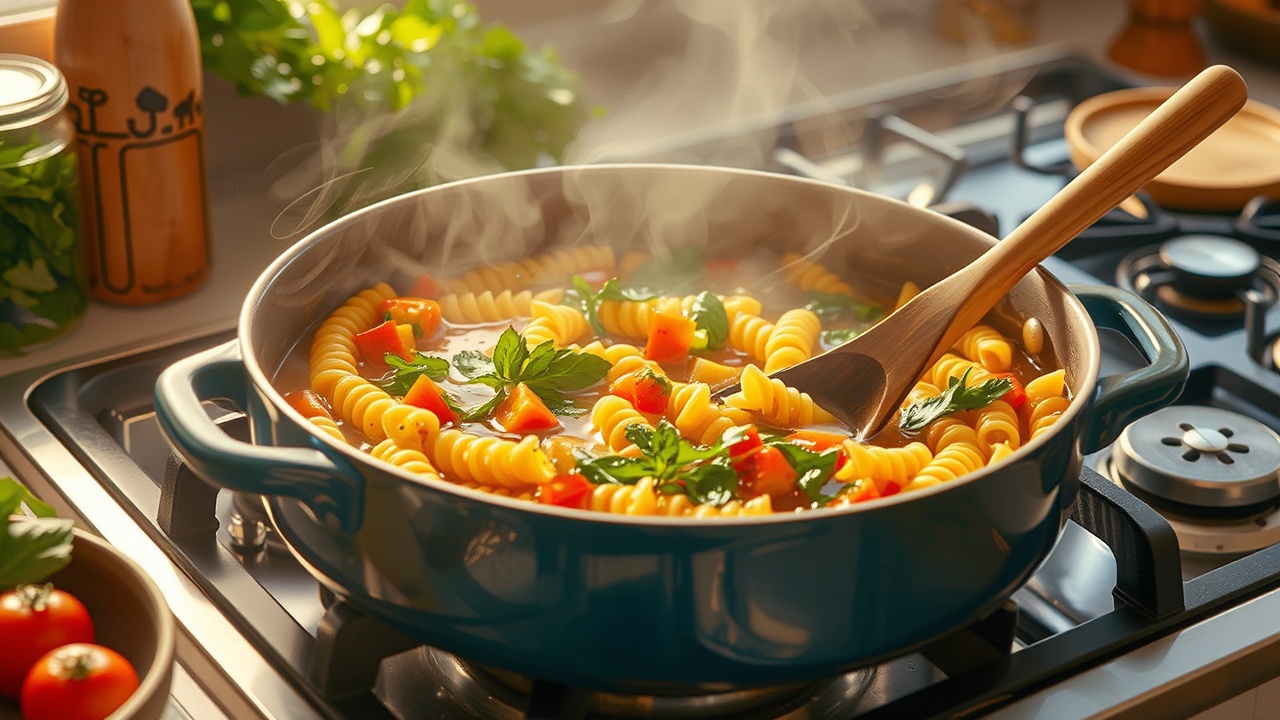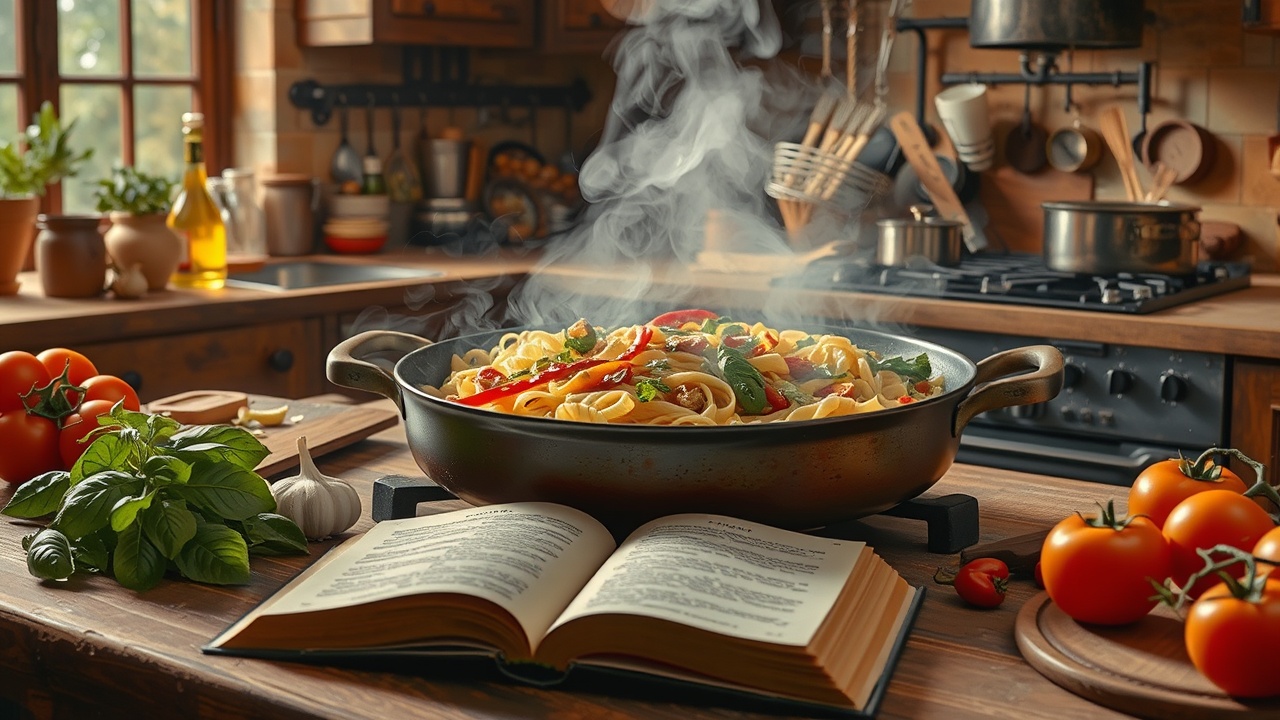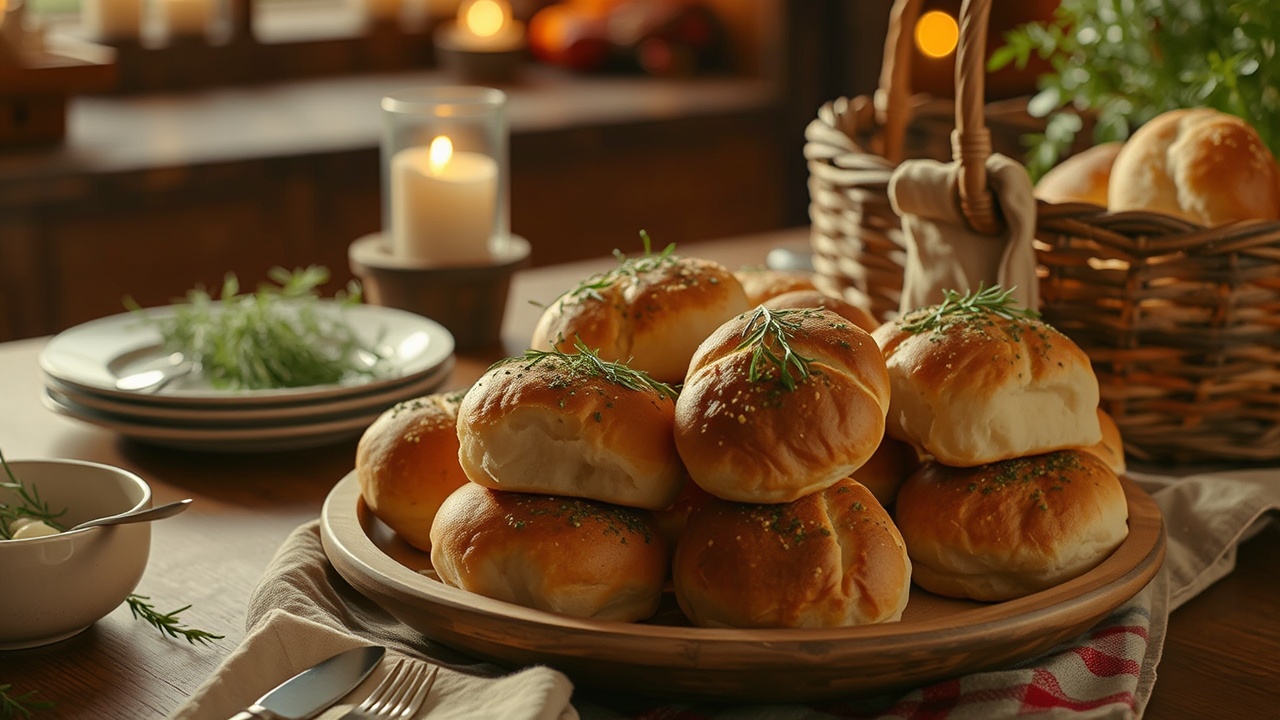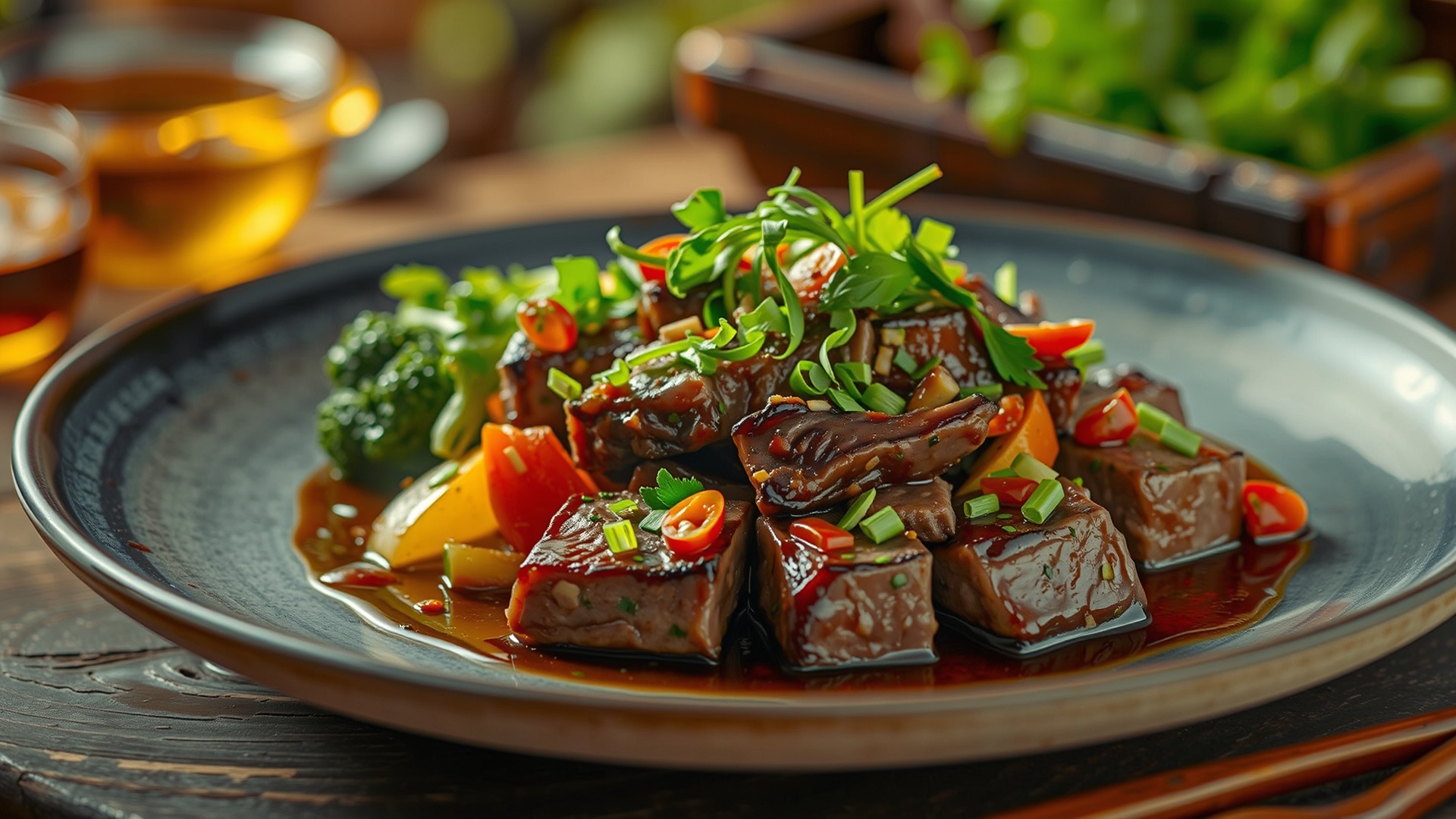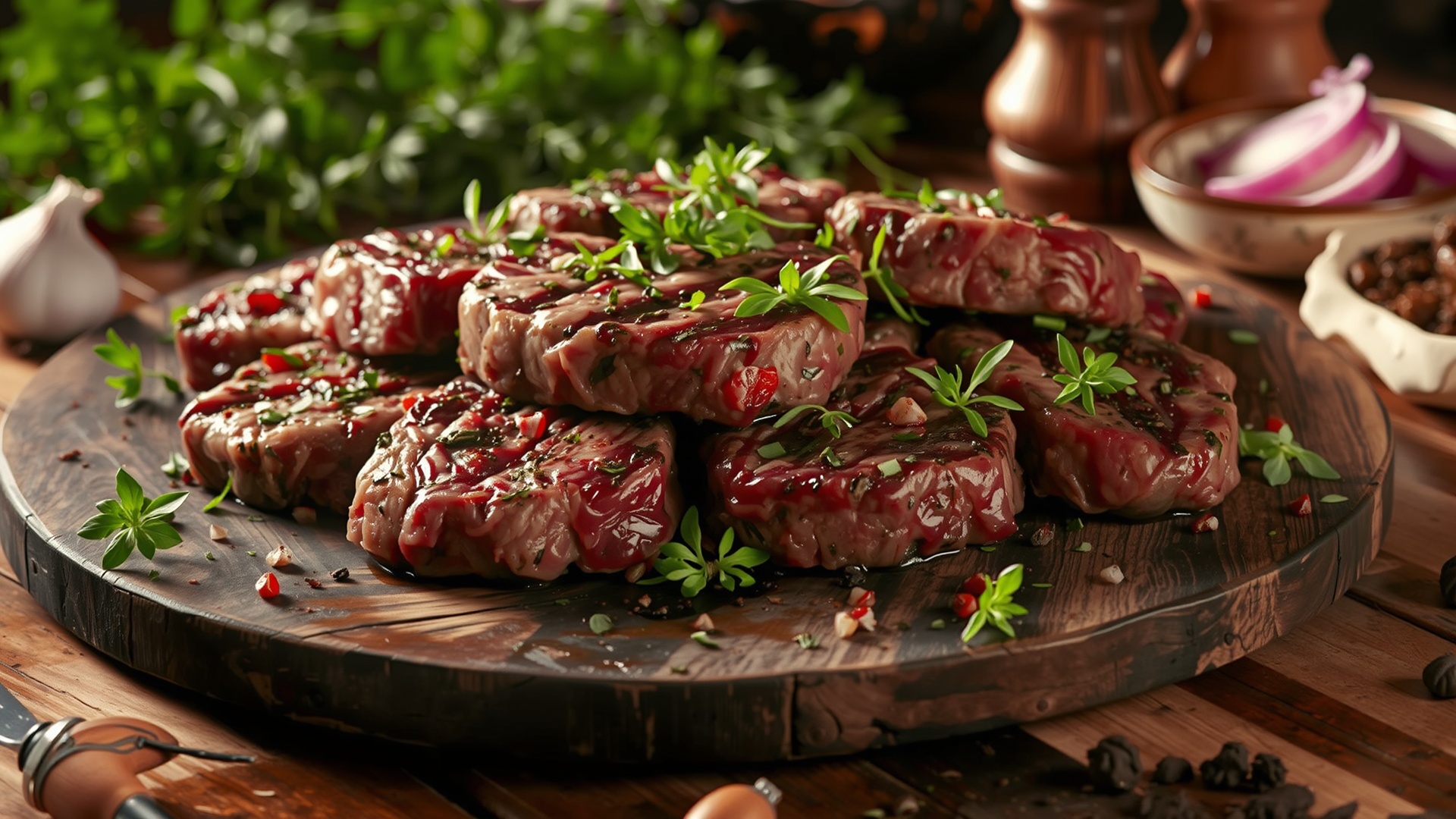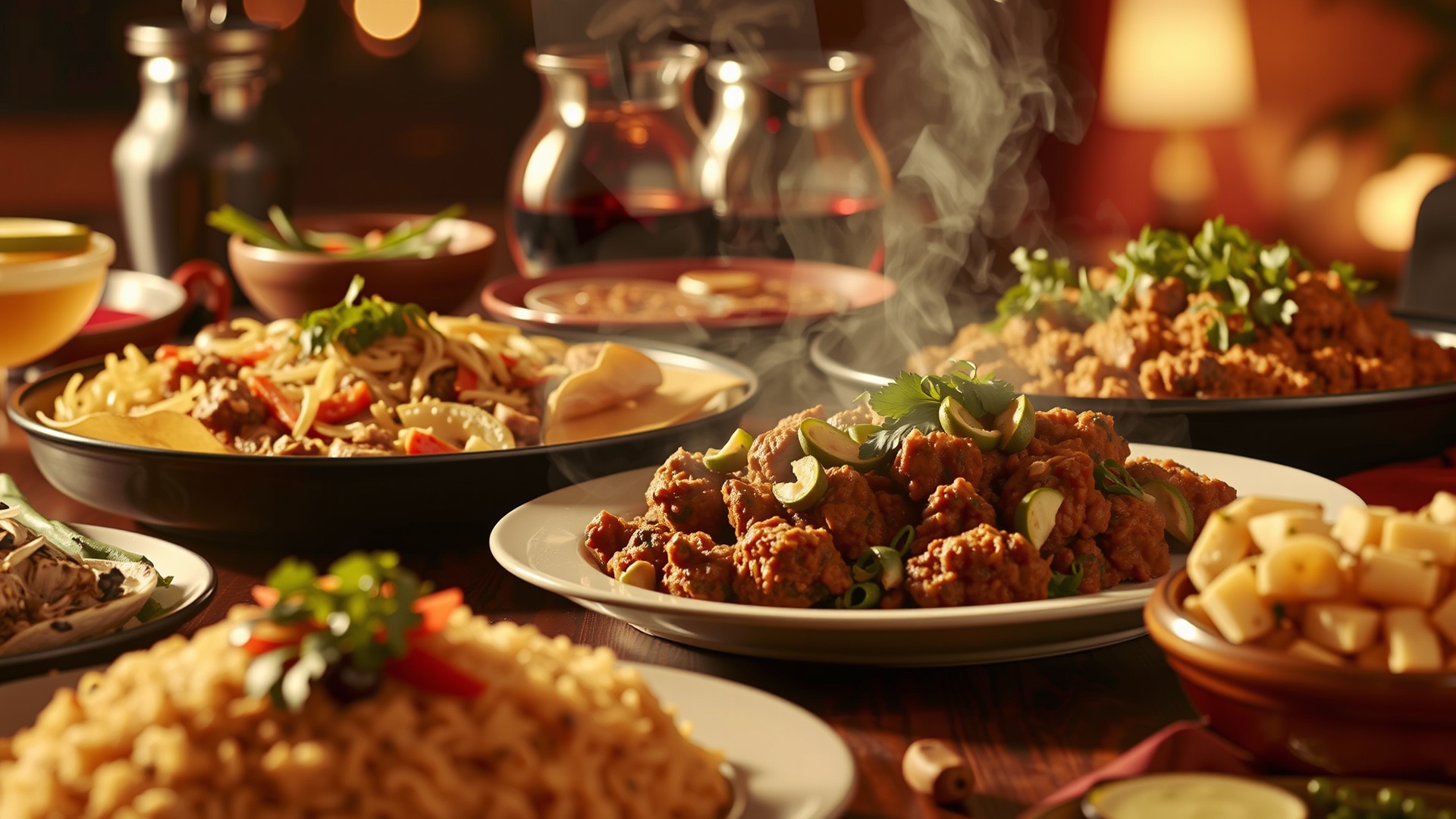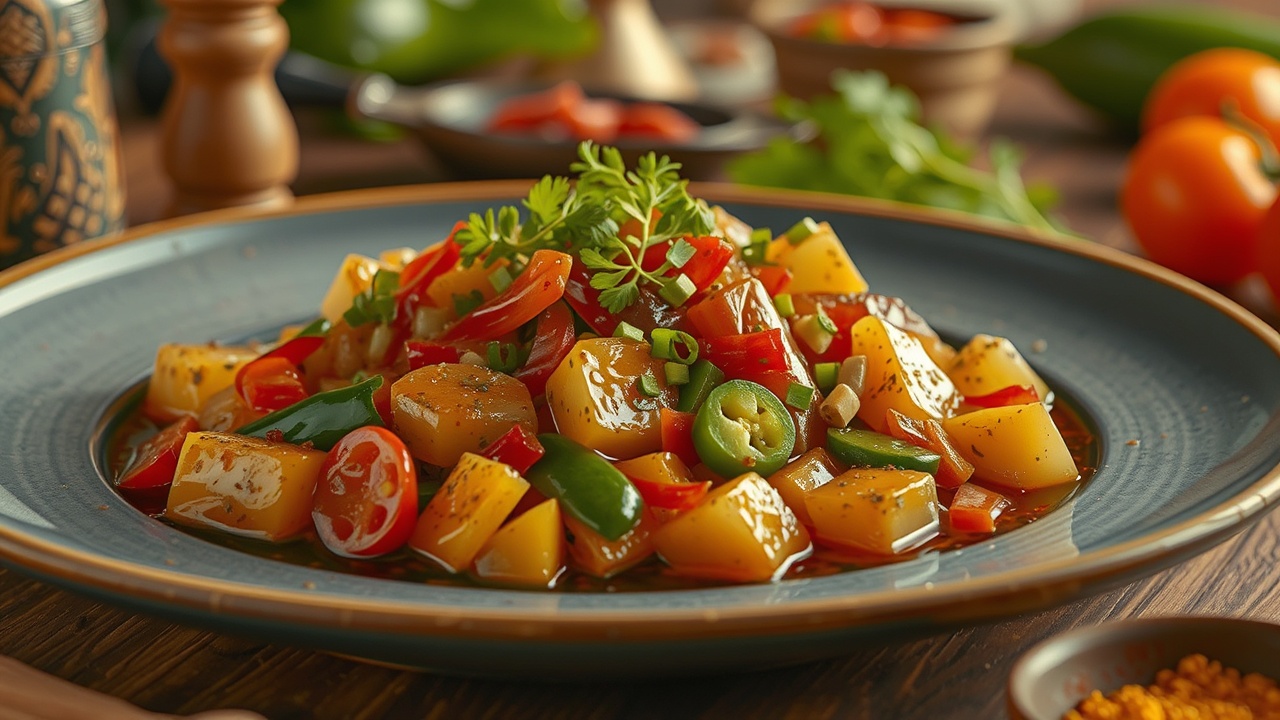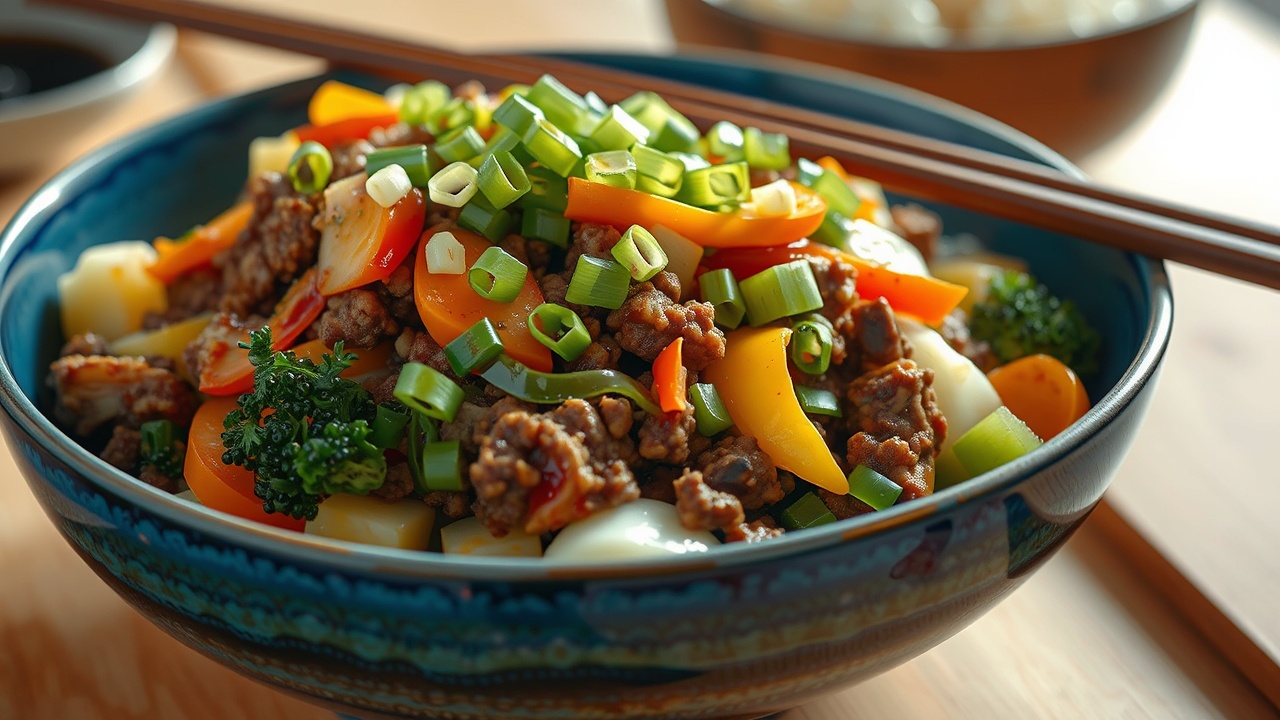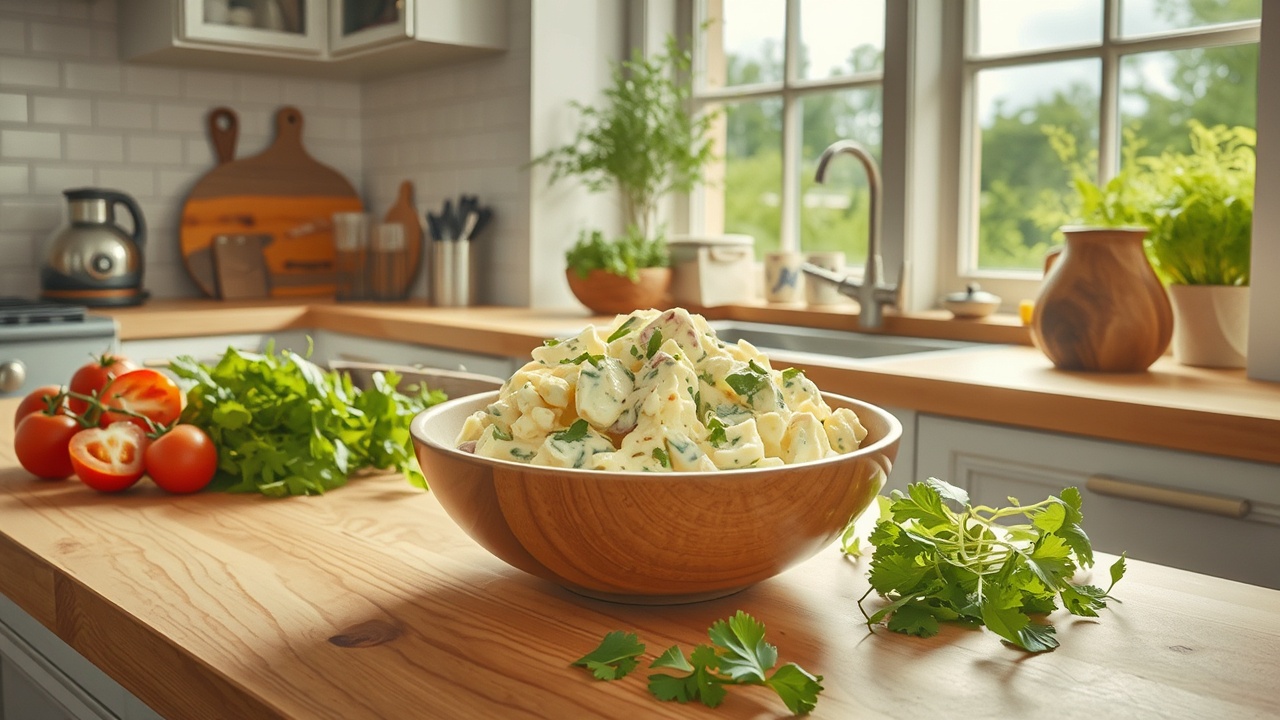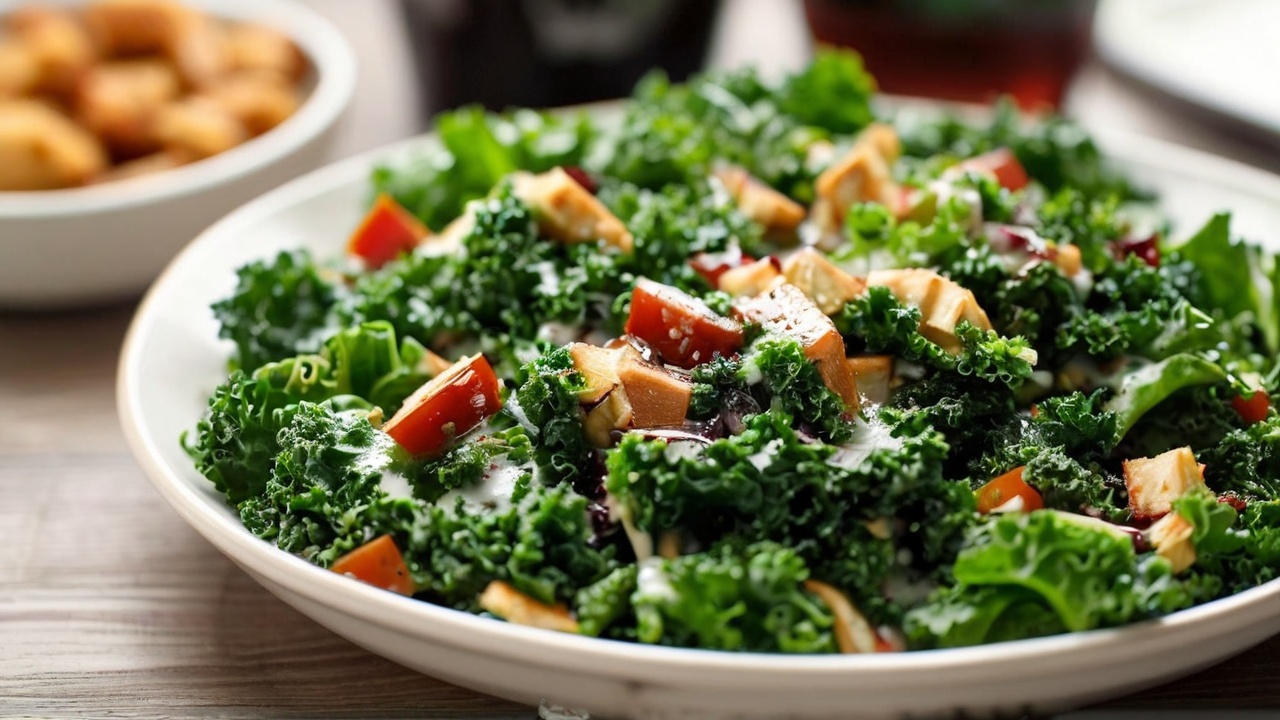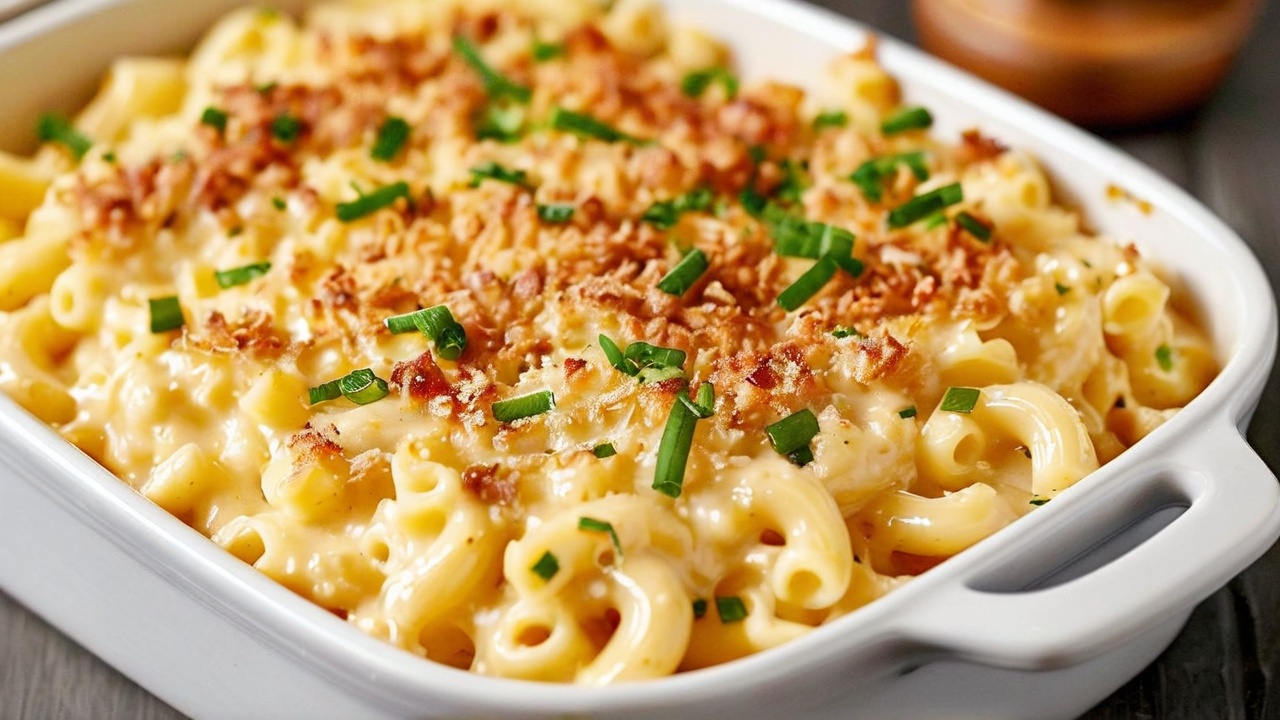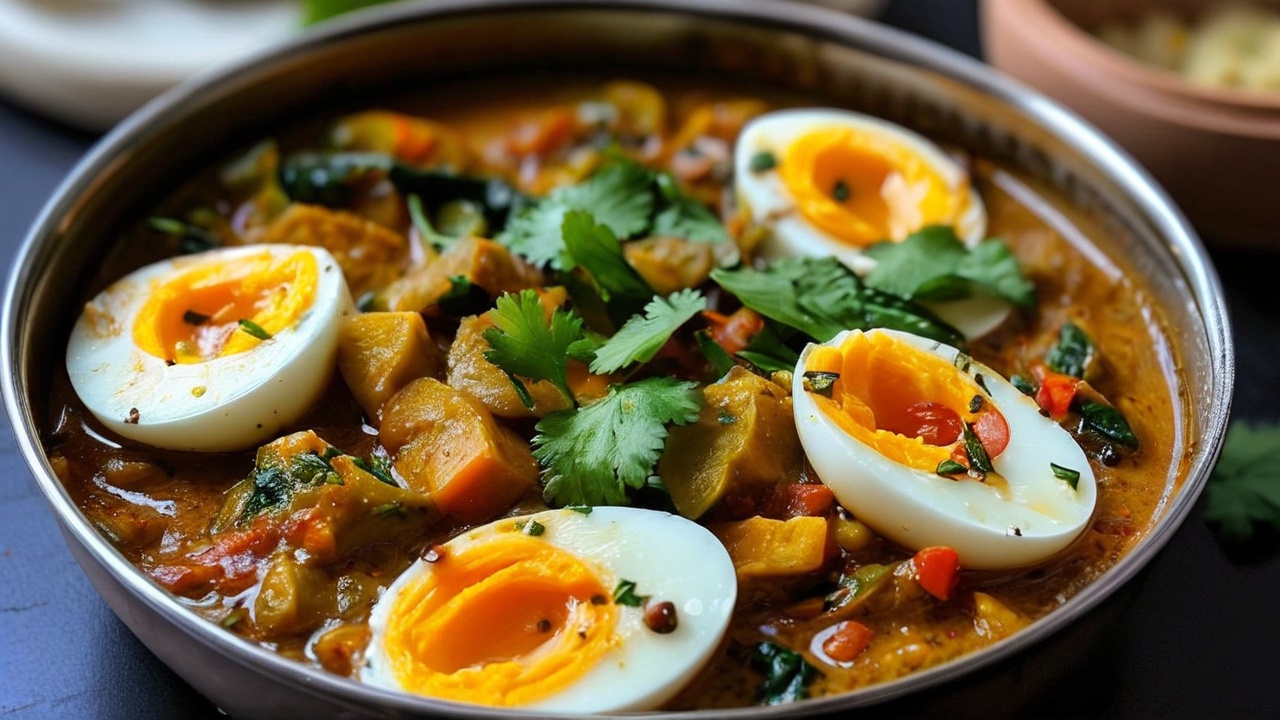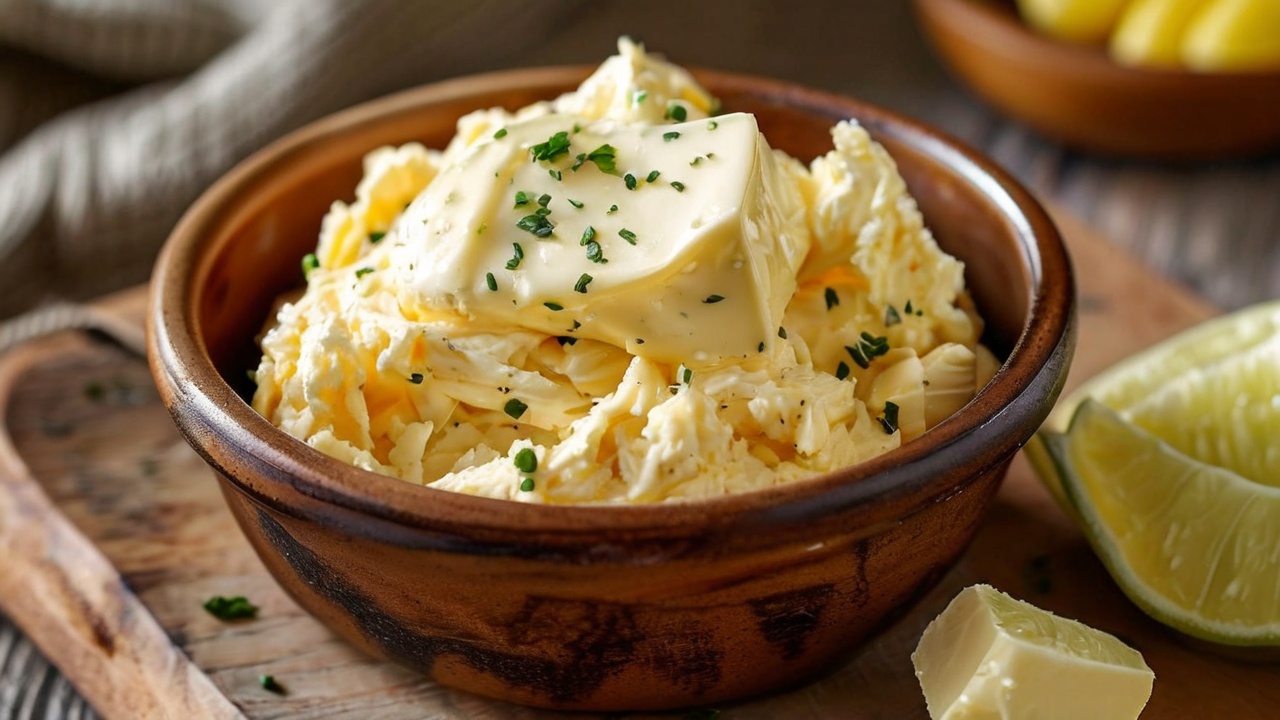Ditalini small, tube-shaped pasta typically used in soups or salads or to make up a stew. Its name derives from the Italian word “ditale,” which translates to ‘thimble’ in reference to its small, tube-like shape. An excellent vessel for so many things, this pasta can deliver everything from veg, to meat, in a hot or cold dish. This is a good ditalini pasta recipe for you, while we will introduce its classic preparation and way to make Italian hearty dish. It will showcase the use of fresh ingredients, flavors balanced nicely and techniques that let Italian cooking shine.
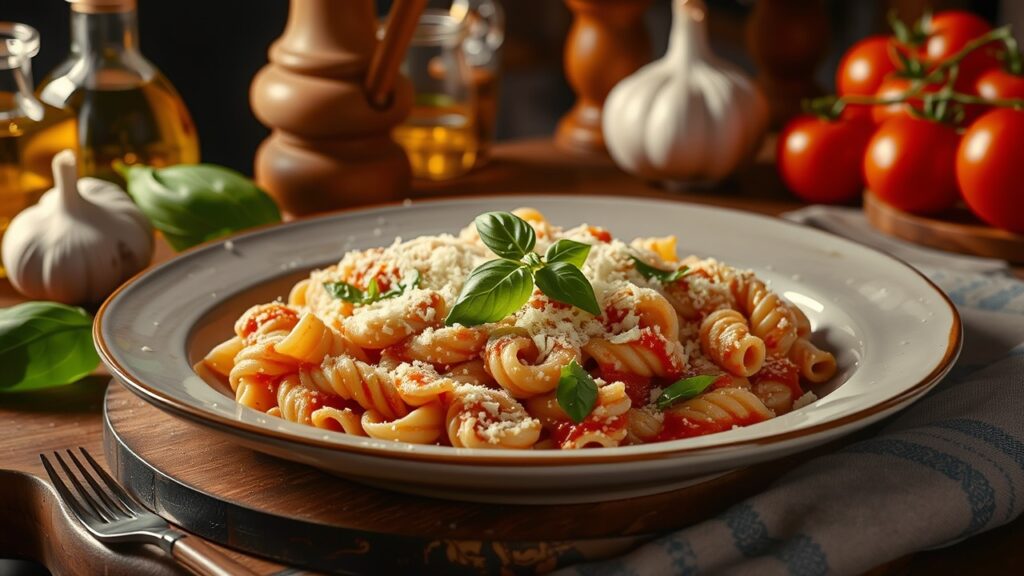
Ingredients
- Ditalini Pasta: 500 grams
- Olive oil: 2 tbsp; extra virgin
- Cloves of garlic: 4, crushed
- Onion: 1 medium, diced
- Carrot: 1 large, diced
- Celery: 2 stalks, diced
- Zucchini: 1 medium, diced
- Tomatoes: 3 large, chopped (or else: 1 can crushed tomatoes)
- 1 L vegetable broth (or chicken stock for a more savory element)
- Chopped Fresh Basil: 1 handful
- Parmesan cheese: to garnish ( freshly grated )
- Salt and Pepper: To taste
- Red Pepper Flakes: optional for a bit of heat
- Optional Lemon Zest: 1 teaspoon (for freshness)
Method
Step 1: Preparing the Pasta
Begin by bringing a large pot of salted water to a boil. Once the water is boiling, add the ditalini pasta and cook according to the package instructions, usually around 9 to 11 minutes, until the pasta is al dente. Stir occasionally to ensure the pasta doesn’t stick together. Once cooked, reserve a cup of pasta water for later, and then drain the rest.
Step 2: Preparing the Vegetables
While the pasta is cooking, it’s time to prepare the vegetable base for your dish. Start by heating the extra virgin olive oil in a large skillet or sauté pan over medium heat. Add the finely chopped garlic and sauté it for about 1 minute, or until fragrant. Be careful not to burn the garlic, as it can turn bitter.
Next, add the diced onion, carrot, and celery to the pan. These three vegetables—often referred to as the sofrito in Italian cooking—form the aromatic base of many Italian dishes. Stir them together and cook for about 7 minutes, allowing them to soften and develop a deeper flavor.
Step 3: Adding the Zucchini and Tomatoes
When the sofrito is nicely softened add the zucchini to the pan. And then for a further 3 to 4 minutes, until you see the zucchini soften up a bit. Now, stir in the diced tomatoes (or crushed if you like a smoother sauce.) Mix that up and let the tomatoes break down into a thick, delicious sauce. If it fresh tomatoes, you may want to allow for a slightly prolonged cooking time and let the juices flow before it works into your other ingredients.
Step 4: Simmering the Broth
Once the tomatoes have broken down, pour on top of the vegetable broth. Simmer together for 10 to 15 minutes or until warm and marry the flavors. By this point, you can season with salt and pepper to taste. If you want a little heat, sprinkle on some red pepper flakes to spice it up.
If the mixture seems too thick, add a splash of your reserved pasta water until desired consistency is reached. The immersion broth should be thick and flavorful but not overly soupy. After the sauce has thickened to your liking, you are ready to mix it with the pasta.
Step 5: Mixing the Ditalini Pasta
When your stock and vegetable mixture has reached deliciousness, mix in the ditalini pasta. Gently fold to combine and coat the pasta with sauce. If desired, add an additional splash of reserved pasta water to help the sauce cling to the pasta and coat it, making it creamy.
You want the dish at this point to feel cozy and warm with a broth filled with tender pasta and vegetables. (Optional: for more richness here you could stir in a spoonful of Parmesan cheese. This will thicken the sauce and deepen the umami flavor.
Step 6: Garnishing and Serving
When everything is completely mixed in, take the skillet off direct heat. Optional: top with fresh chopped basil for a pop of color and freshness. You can even grate a little lemon peel over it if you’re into a bright citrus note.
Divide the ditalini into bowls and top with as much freshly grated Parmesan cheese as your heart will allow. A perfect companion for this dish is crusty bread from which to wipe up the sauce.
Additional Variations
This recipe provides a simple, traditional preparation, and of course there are variations galore depending on your tastes or what you have to work with.
1. Meat Version: For a meat version, stir in ground beef, sausage or pancetta at the sofrito stage. This will add body to the broth and flavor to the dish.
2. Tomato-Forward: Use canned tomatoes, preferably San Marzano (due to their naturally high sugar and acidity) cooked longer for a deep, rich sauce.
3. Greens: A little spinach or kale added at the end will lend color and nutrition.
4. Spicier Option: If you’ll like more heat, add more red-pepper flakes or a minced chili pepper when you add the garlic to the skillet.
Pairing Suggestions
Ditalini pasta is one of the comforting senses, thus a great choice for pairing with all sorts of wines and sides. If you’re looking for a lighter and fresher pairing, a crisp white wine such as Pinot Grigio or Vermentino would pair well against the fresh veggies that go into broth. A medium-bodied red such a Chianti or Sangiovese will highlight the tomato-based sauce while complementing the other savory components of the food.
If you are having this as an entree, garlic bread or bruschetta for dipping in the delicious sauce would be a perfect side! Or, a very simple green salad tossed with olive oil and balsamic vinegar will counterpoint the dish’s richness.
Conclusion: Embracing the Simplicity of Italian Cooking
What is most impressive with the traditional Italian cuisine is that it abides to the principles of fresh and quality things. That’s the beauty of something like this ditalini pasta recipe, — it’s inits preparation and simplicity. The tender, simmered veggies mingling with the savory broth and tiny pasta will warm your soul.
If you are fixing this recipe for the family dinner or bringing it to a special occasion, ditalini pasta gives you an easy way to enjoy the ambiance and taste of Italy in your home. This is the great thing about versatility because you can make it your own, play with different vegetables and herbs as well as proteins. But regardless of the variation, at its core this is a dish that embodies what is best in food: made with love and care.
This is more than just a meal, this recipe harkens back to the heart of Italian cooking: where the ingredients are superior quality, and you take your time bringing it all together with love.






